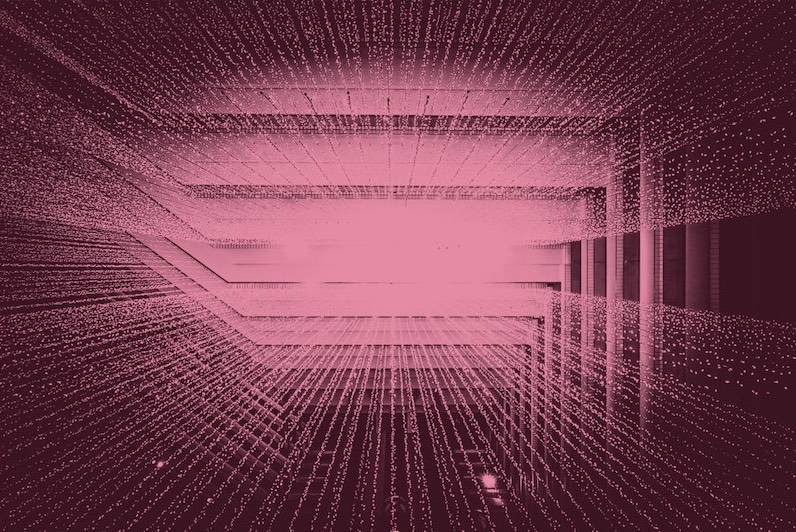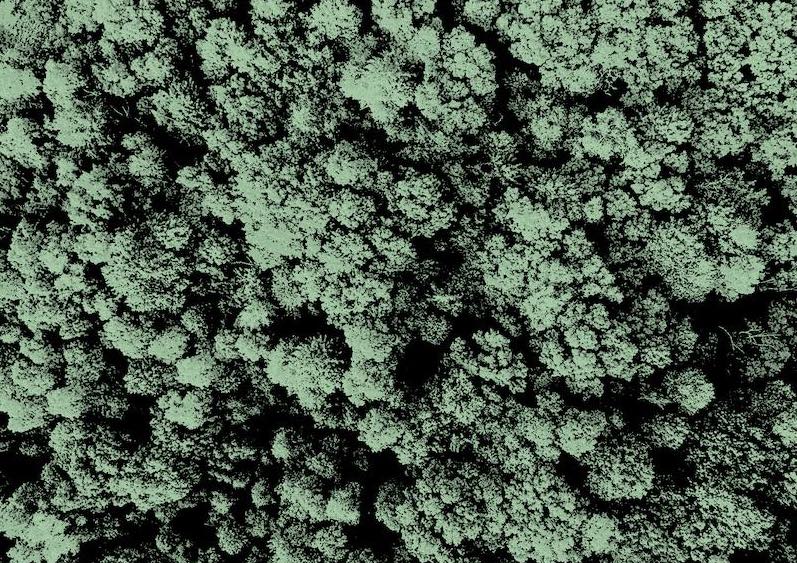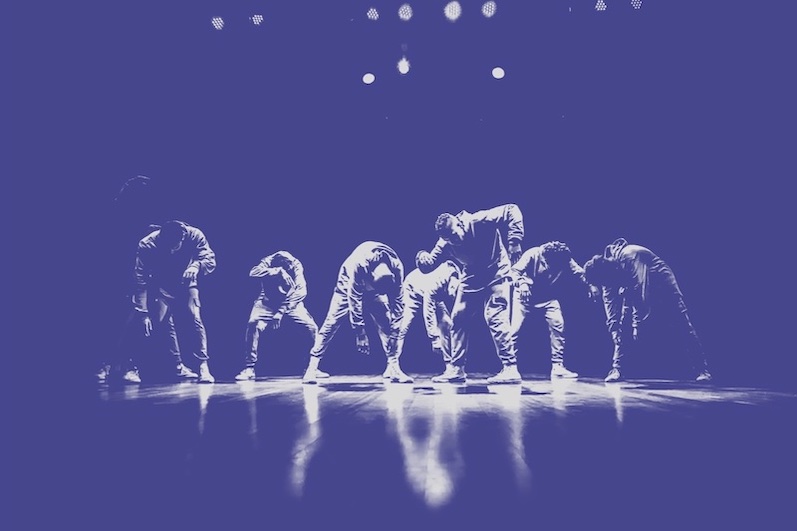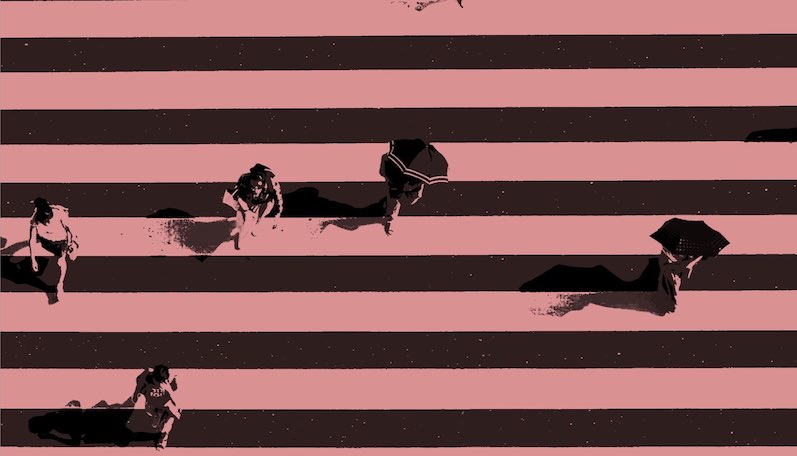What is it about?
The eye-tracking study examined the visual attention of 20 healthy participants to Rorschach patches. It confirmed a significant symmetry of gaze around the central axis of the spots and a significantly higher concentration of fixations in the center of the spots. The key finding is that regions of the spots commonly interpreted as "head and upper torso" in human or animal shapes attract significantly more attention than other parts. The results deepen understanding of the foundations of visual perception and may have applications in the field of AI. The work is unique in its use of gaze density maps in healthy subjects.
Featured Image

Photo by Lucas K on Unsplash
Why is it important?
We've uncovered how the people focus is on Rorschach spots. We confirmed the symmetry of views and the strong focus on "head/torso" in human/animal interpretations. It brings new insight into the fundamentals of perception and has potential for AI. We are the first to use gaze density heatmaps of healthy participants on the Rorschach test, showing what attracts attention on individual cards. This will help to better understand the responses of examinees and potentially improve AI systems.
Perspectives
From our personal perspective, this study on Rorschach spots and visual attention is really interesting. It is a great example of how a traditional psychological tool that is often considered controversial can be studied using modern, objective methods such as eye tracking. We find it particularly interesting that even with material as ambiguous as inkblots, our eyes follow predictive patterns. Very stimulating is the finding that our attention is strongly focused on the axis of symmetry, and in particular on the areas where people most often see the "heads" and "upper torsos" of people or animals. We think this may have evolutionary roots, which makes sense - quick recognition of living beings and their intentions (often read from facial features and posture) was key to survival. The implications for scoring well on the ROR test because of subliminal attentional biases are very likely. The unique use of gaze density maps (heatmaps) to visualize these patterns in healthy participants is visually compelling and helps to better understand where our attention is automatically directed. In addition, the cumulative conversion of the data into a conditional color formatting in a table based on the so-called superpixel still shows very well the clustering of the test subjects' target interest in a given area. And the idea that these insights into basic human perception can help in the development of artificial intelligence is simply straightforward. The study has its limitations, of course, especially the small sample size and the fact that these were students with no clinical problems. Still, we think this work opens an important door to a deeper understanding of not only where we look, but why we look there, with implications far beyond the Rorschach test itself.
Radim Badosek
University of Ostrava
Read the Original
This page is a summary of: Hidden rules of visual perception in the Rorschach test, Cognitive Systems Research, June 2025, Elsevier,
DOI: 10.1016/j.cogsys.2025.101359.
You can read the full text:
Contributors
The following have contributed to this page







